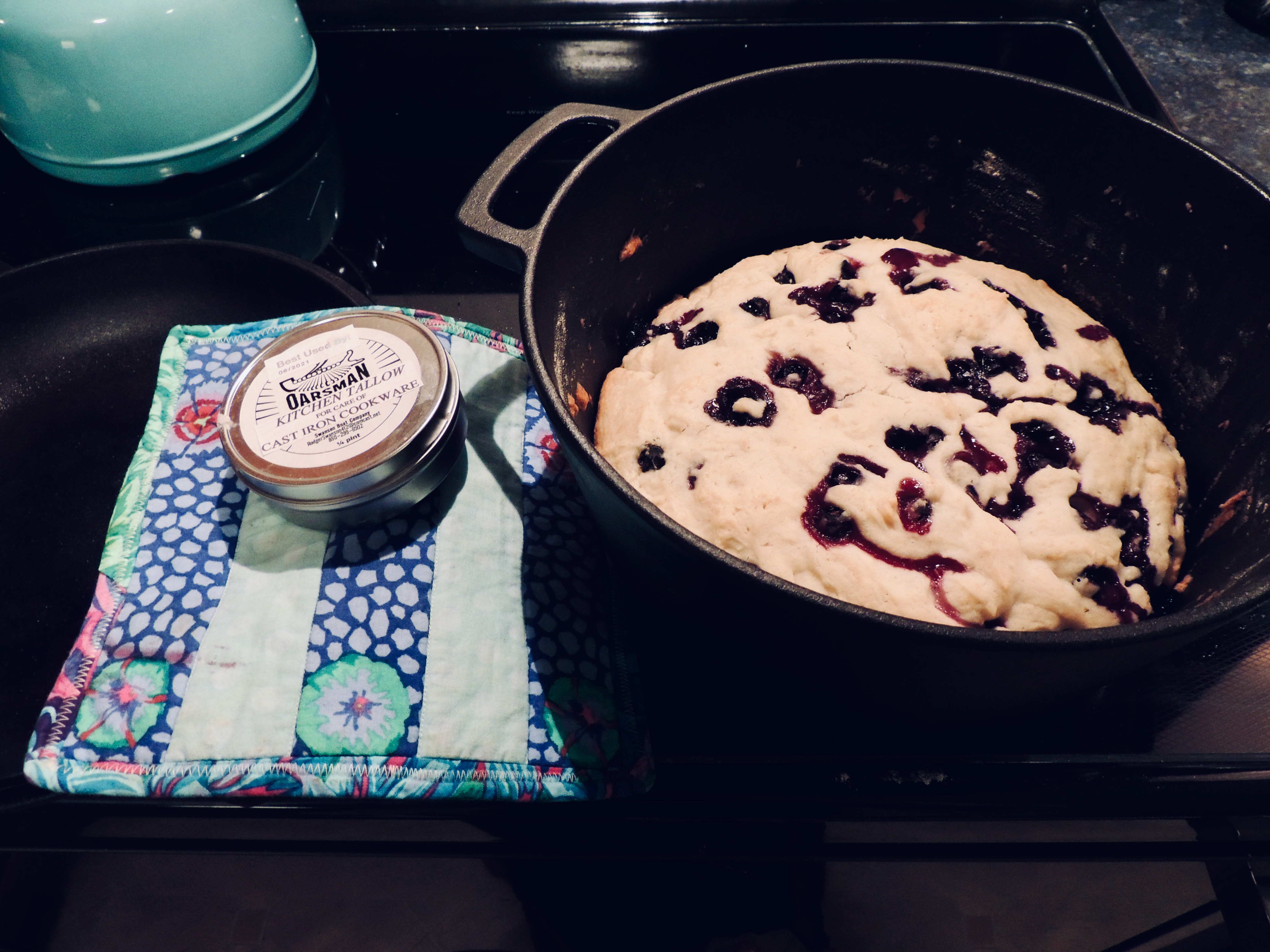Last week, I gave some good guidelines to start with when building your own Potjie, called Potjiekos from the Heart. Some things are better than a recipe and I love using some tried and true techniques in order to build new flavors and savor the well-loved flavors of my family. This is one combination that I recently built that worked really well, so I wanted to share it here.
Ingredients
- Olive oil
- Short ribs with bone-in (2.5-3 lbs)
- Medium Onion
- 2 Cloves Garlic, minced
- Salt
- Paprika
- Cumin
- Garlic Blend of spices
- BBQ Blend of spices
- 1/2-1 cup Tomato Puree
- 4 pitted and chopped Dates
- 250 mL broth
- 1/2 cup Red Wine
- Potatoes – baby or chopped up into cubes
- Baby Carrots
- Snow Peas
Method
Add some olive oil into the bottom of your Potjie to braise your short ribs. Turn the ribs to braise each side and then remove from the Potjie while you start your base.
Add a little more olive oil if needed and start cooking your onion and garlic until soft. Add in spices and cook until fragrant. Then add in the tomato puree and replace your meat back into the Potjie. Here I added 4 chopped dates to cut some of the acidity of the tomato. I also added 250 mL Broth. I cooked for 40 minutes with the lid on and then checked it, adding in 1/2 cup of red wine along with the cut potatoes and baby carrots. I replaced the lid and checked it again after 30 minutes, adding in the snow peas and cooked them until soft.
The result was delicious and something we ate with some white rice.

If you want to cook this in your oven, you can do that with a Dutch Oven and set the oven to 375*F.
Next we, will move all the way north to another African country- Egypt! Until then, keep cooking in Cast Iron! <3 Kate
For our Kitchen Tallow, check in the shop!


















